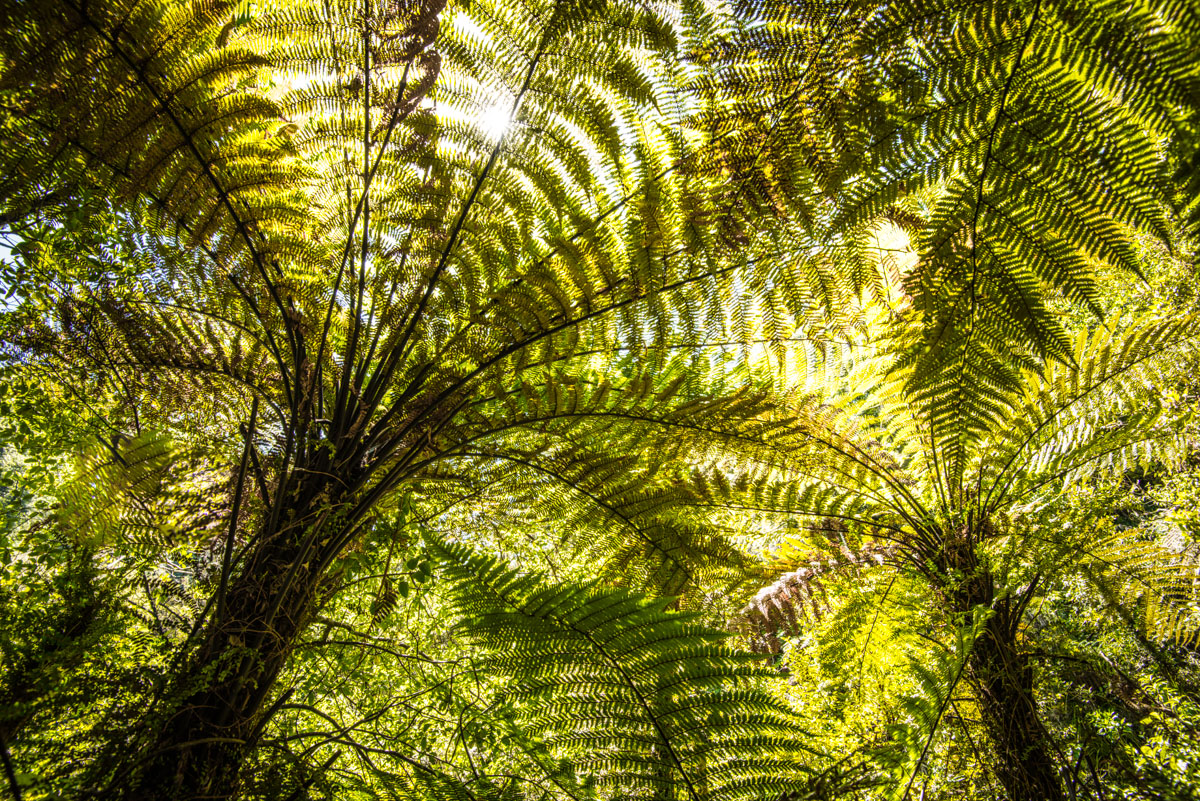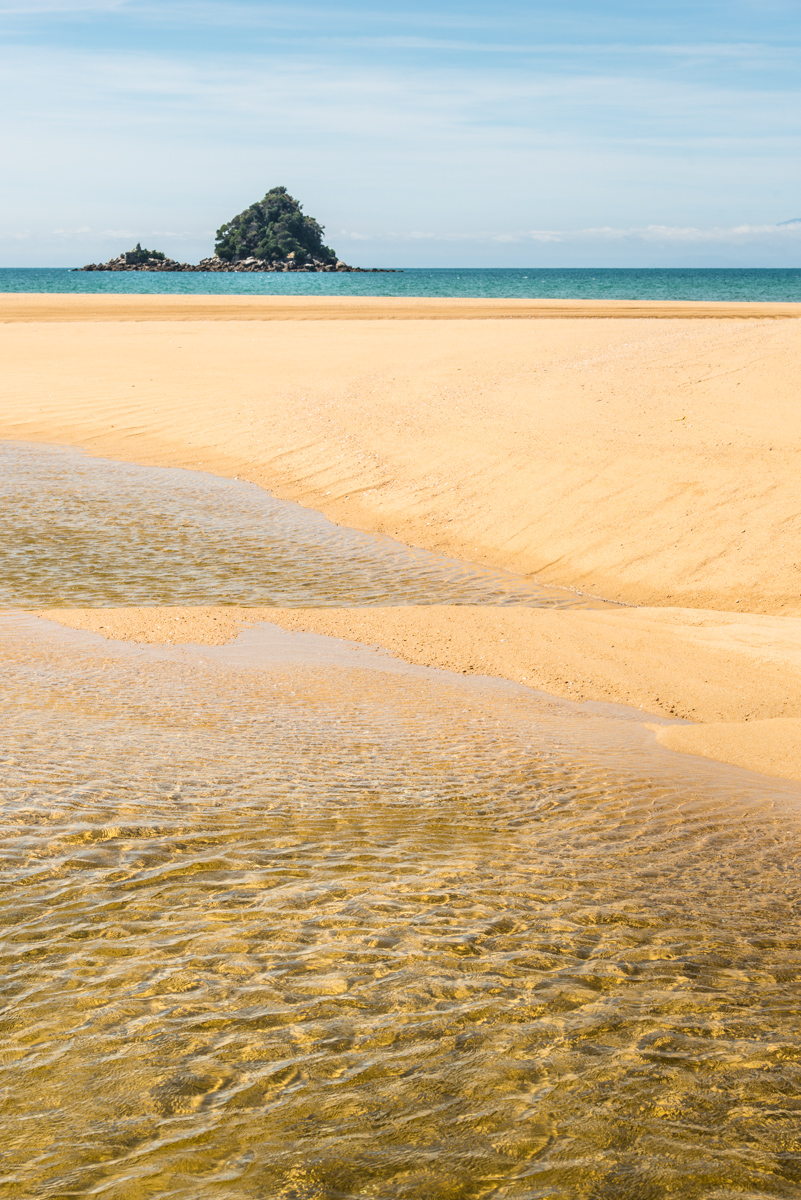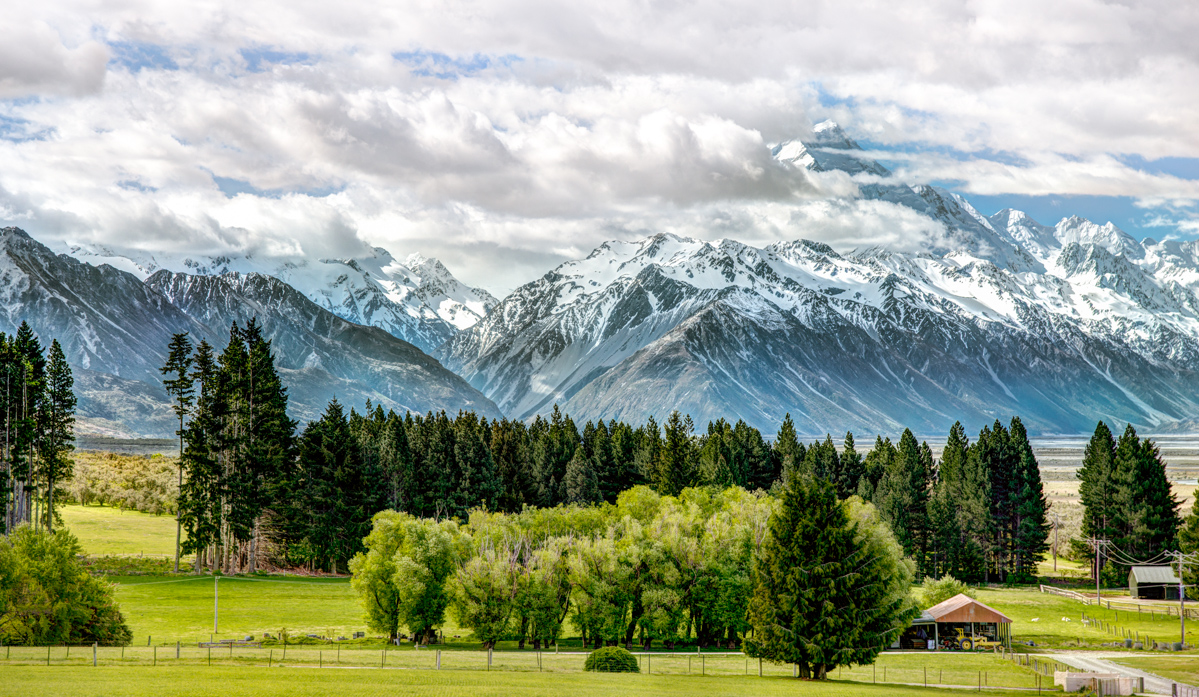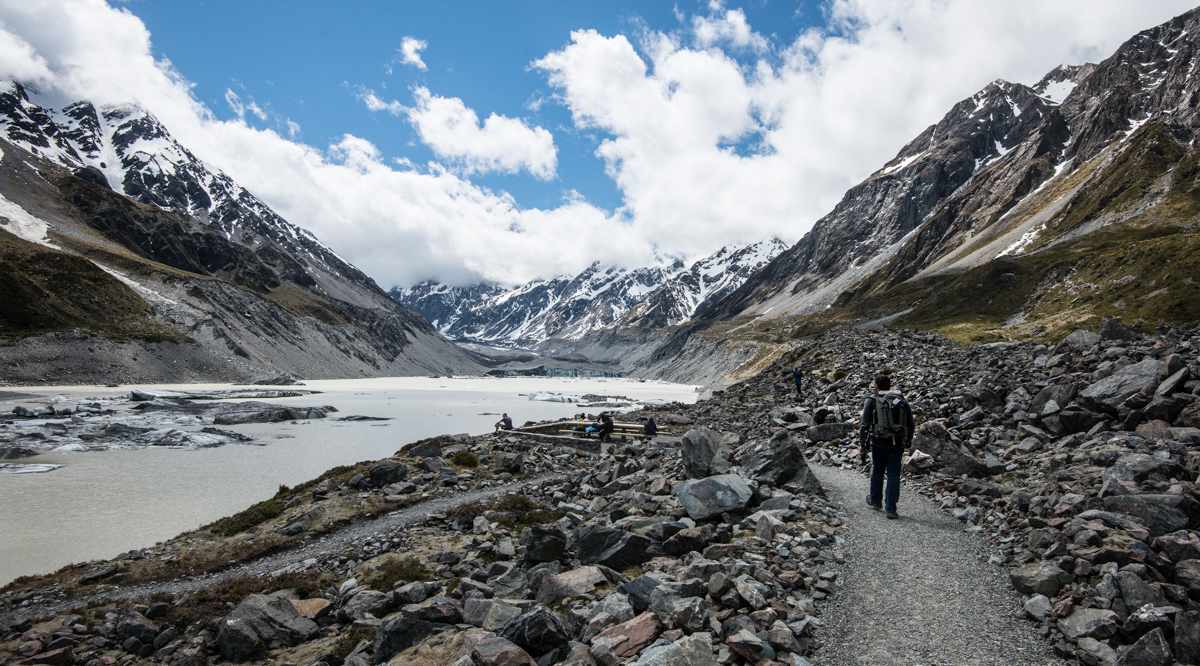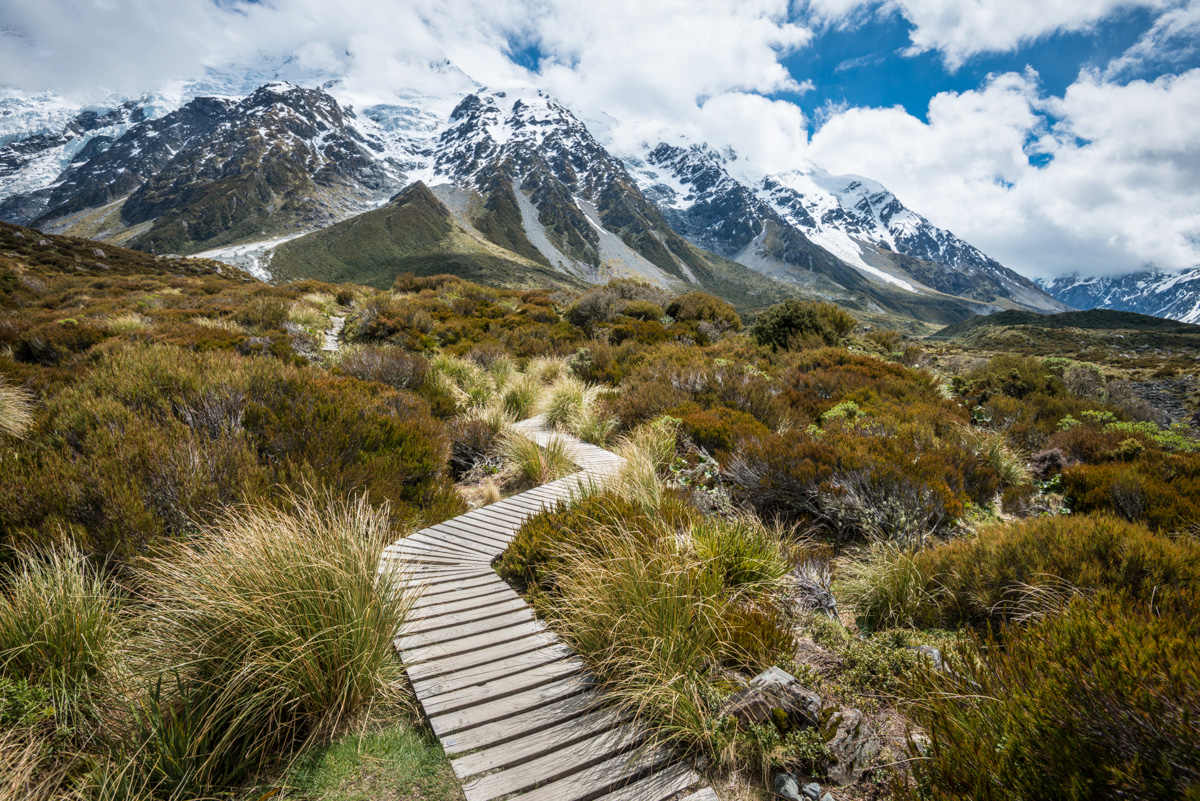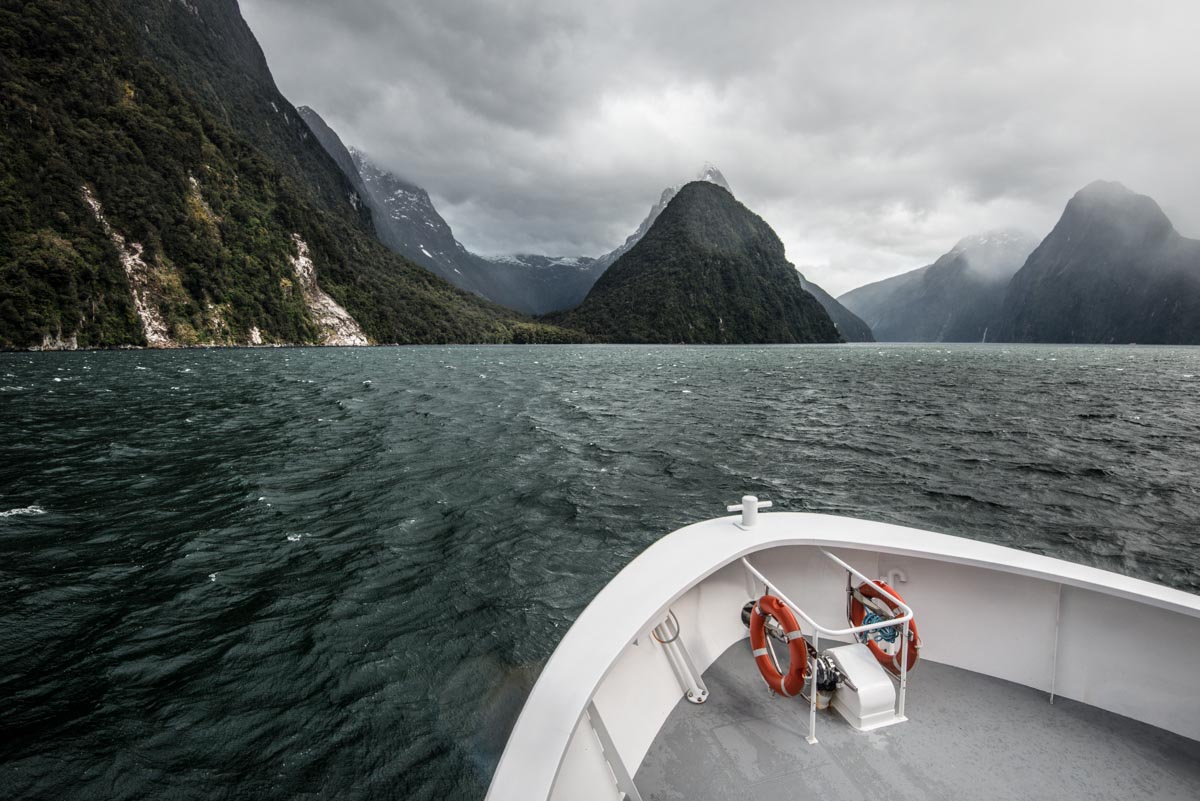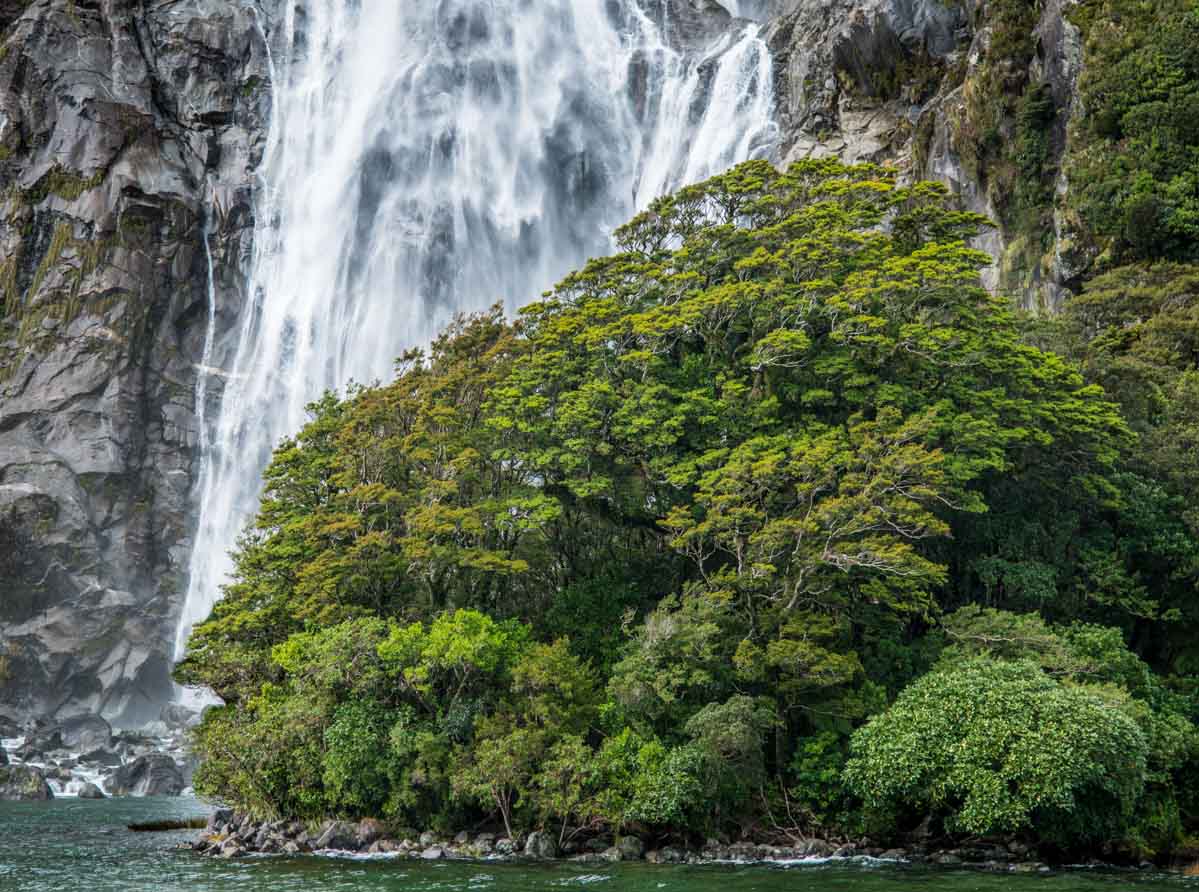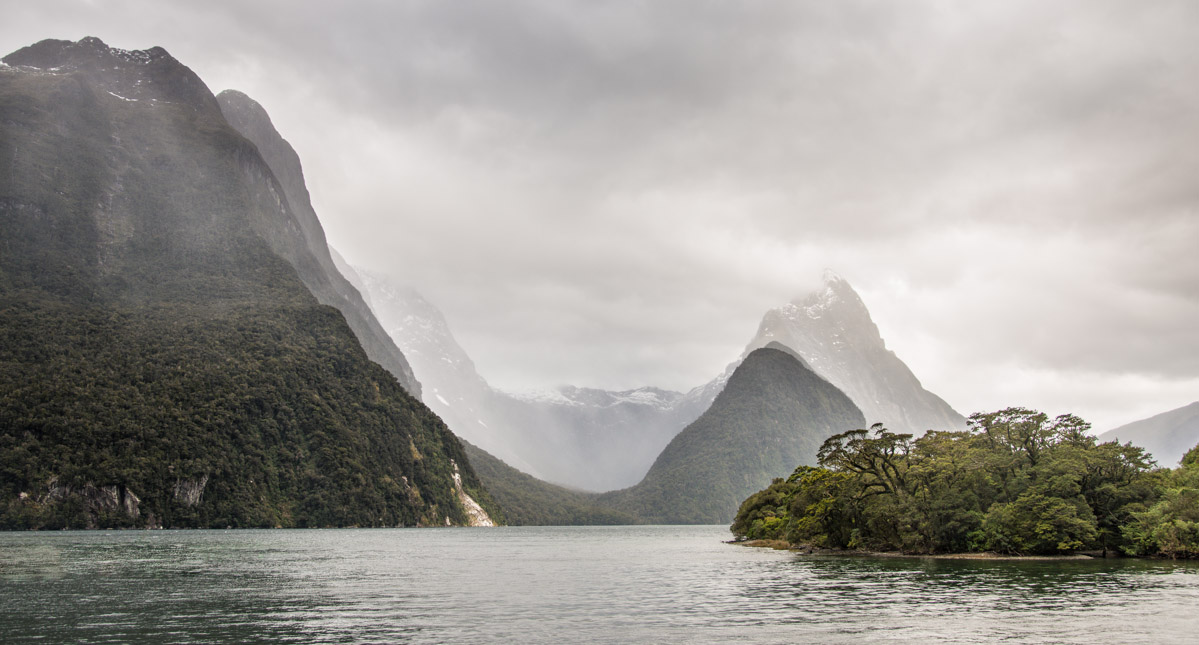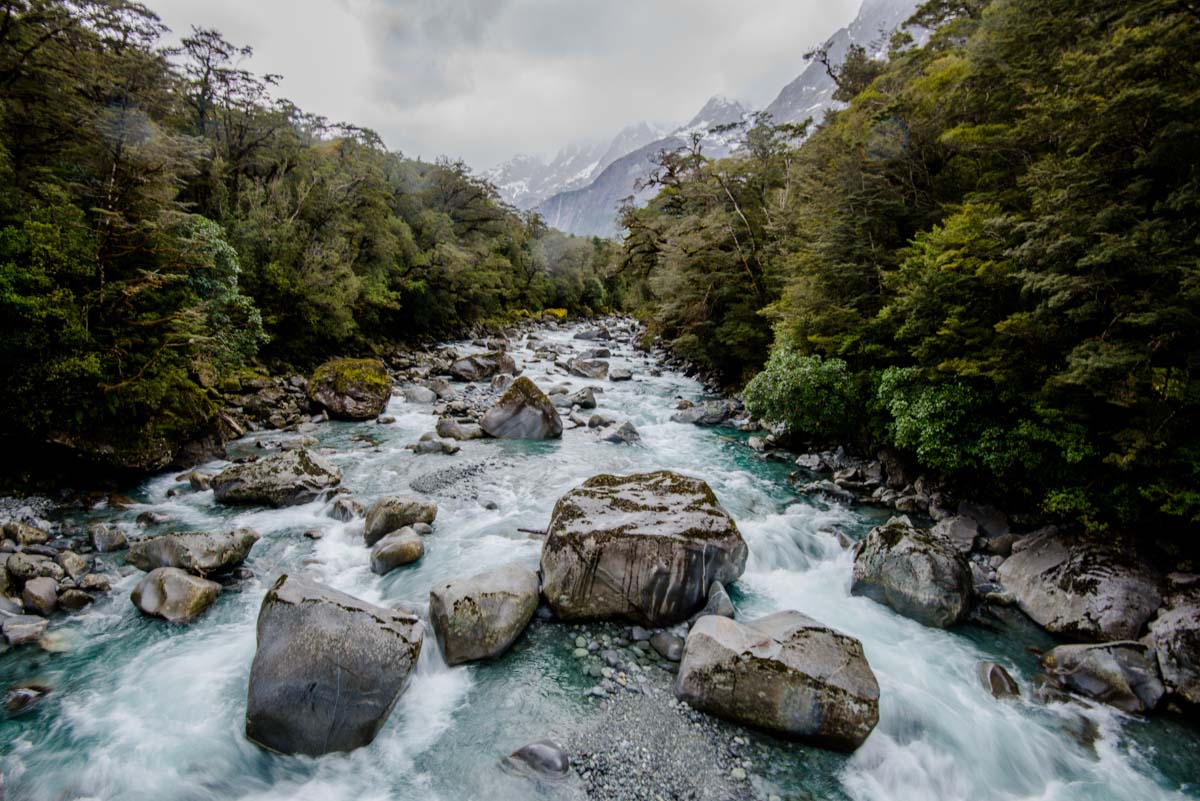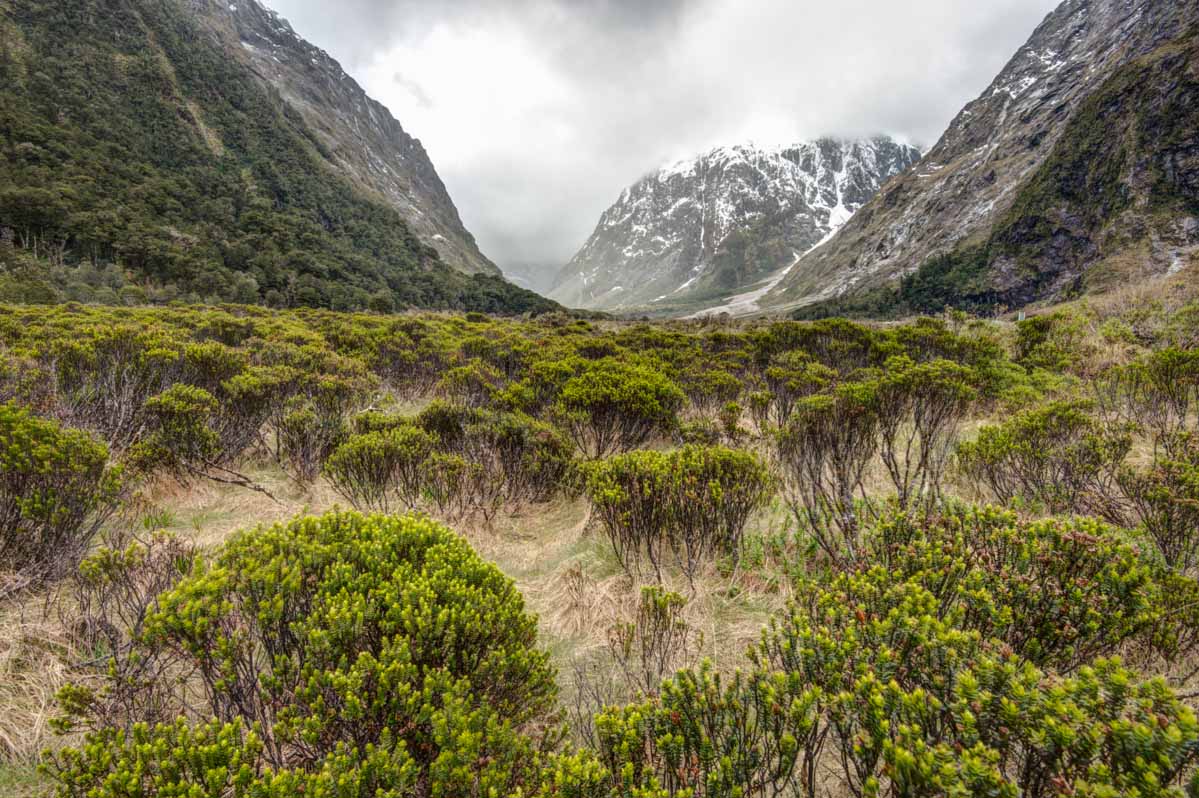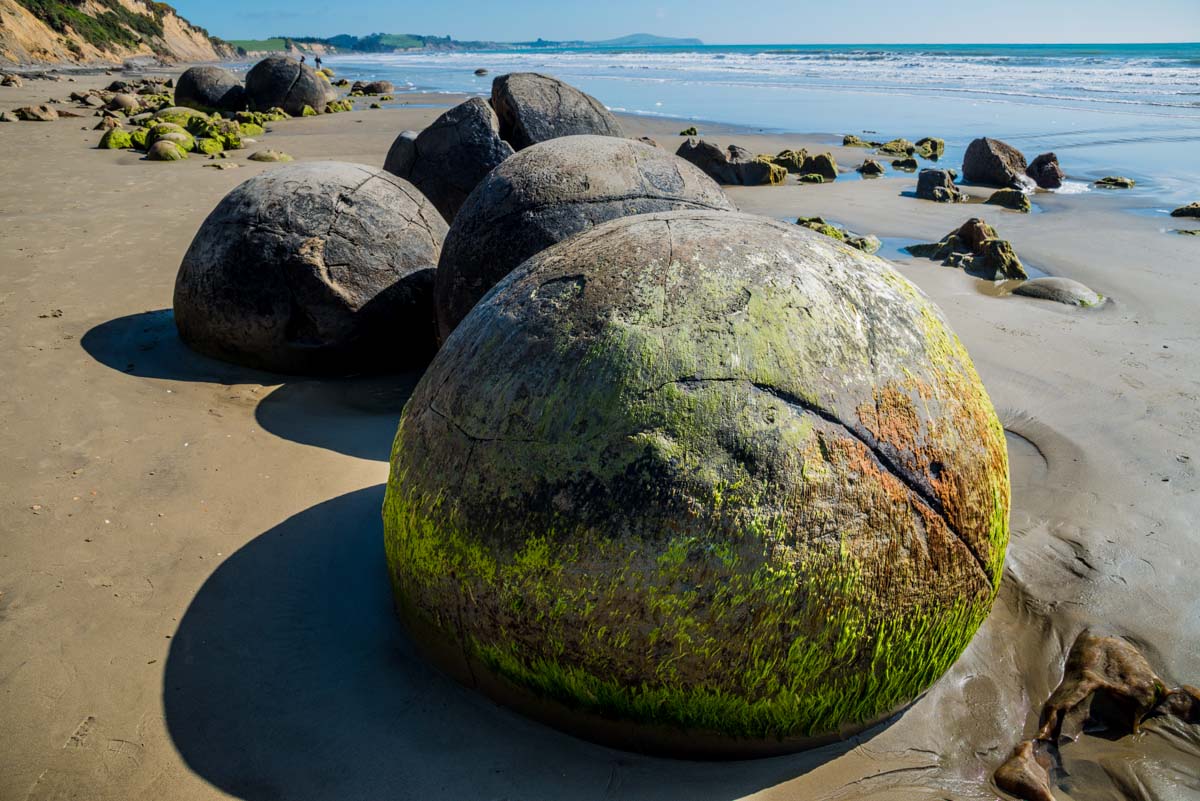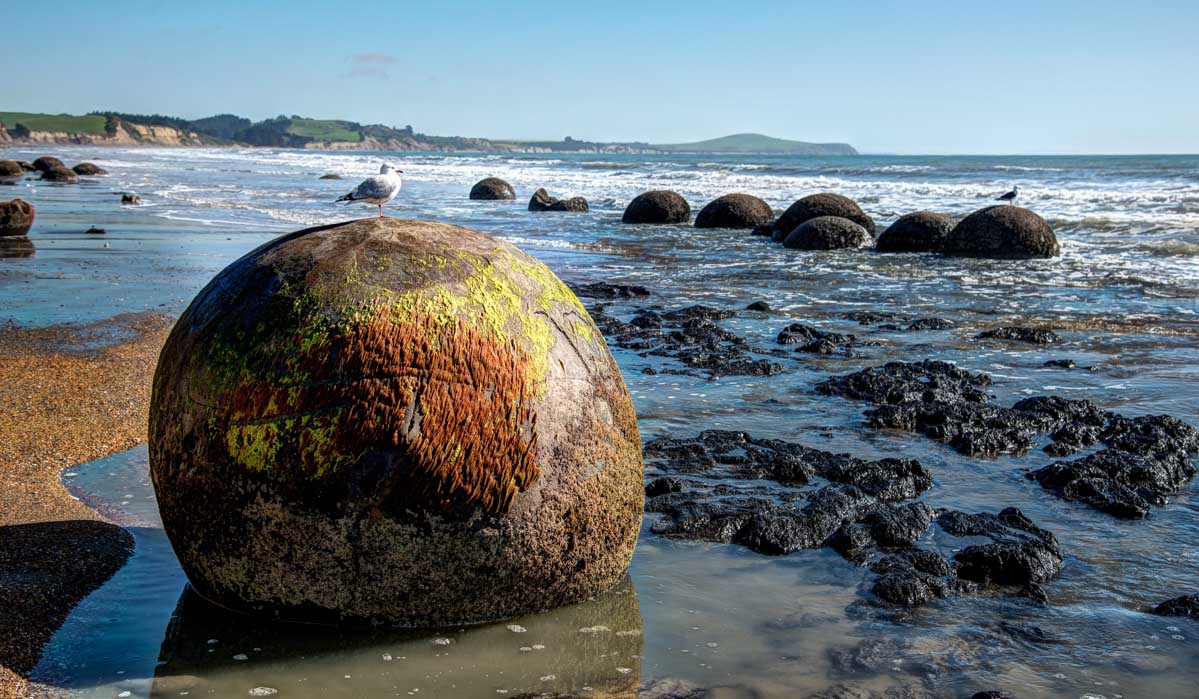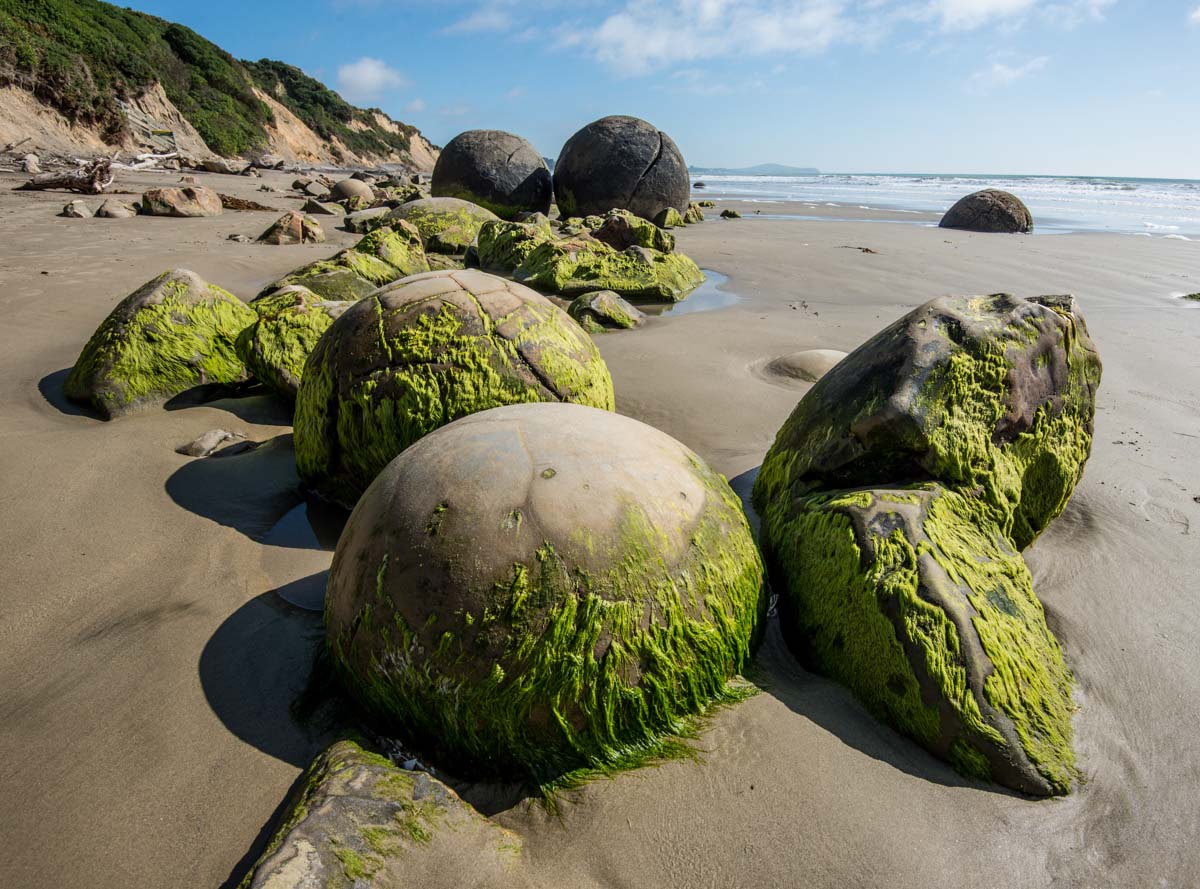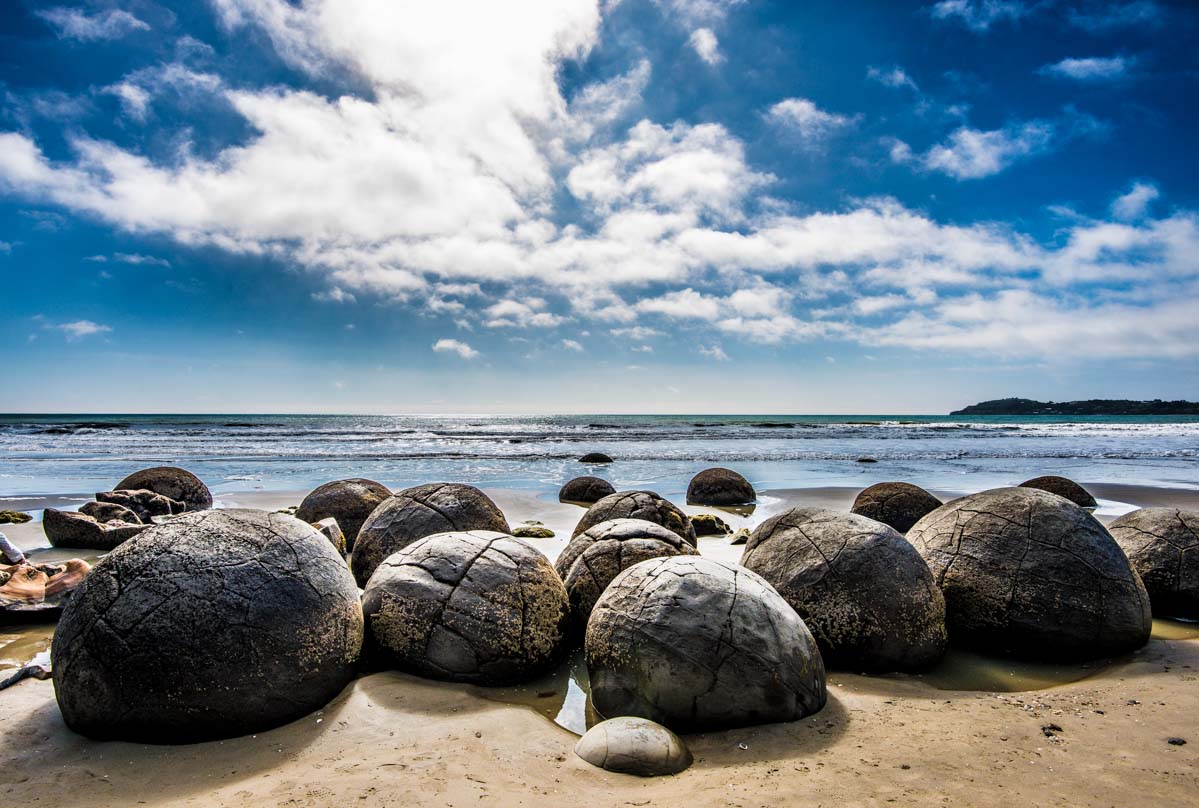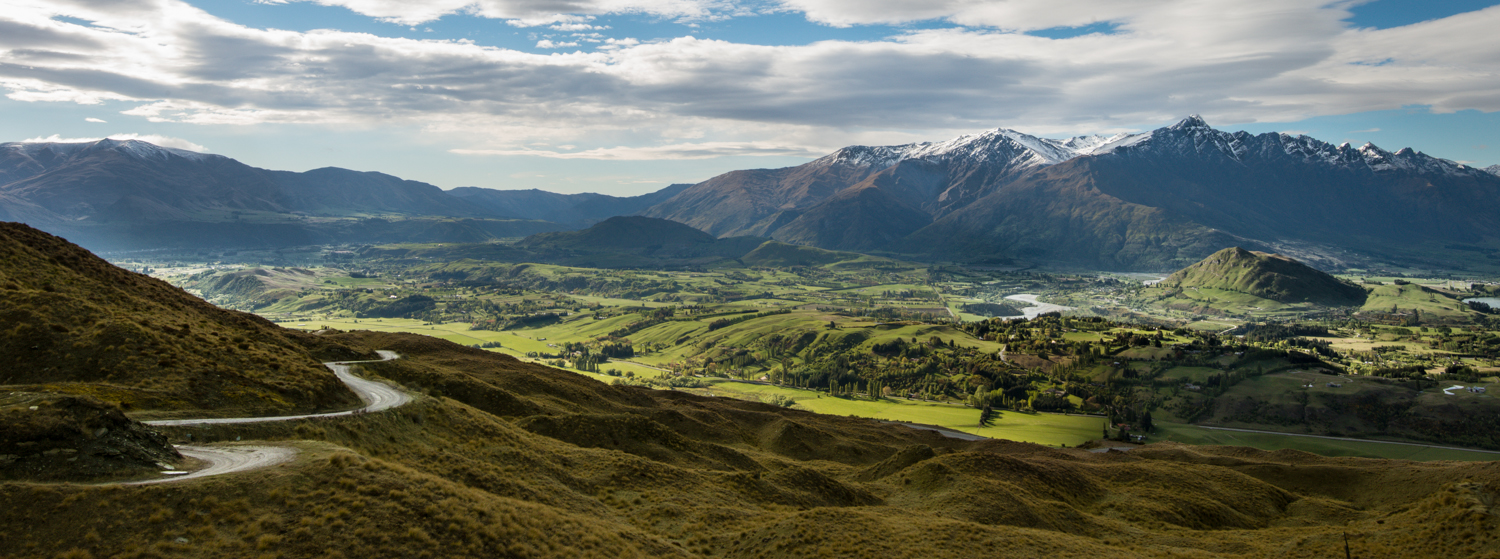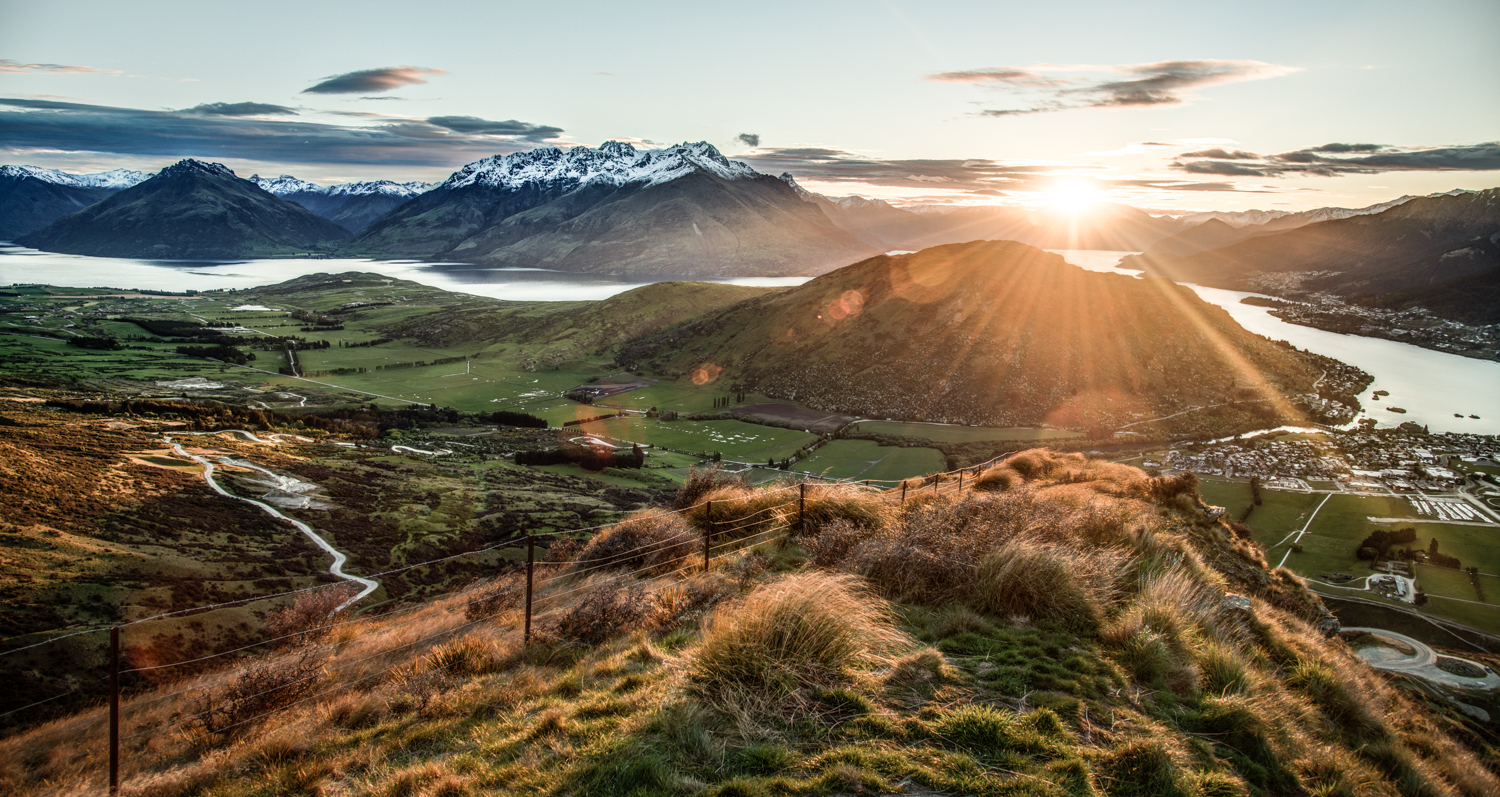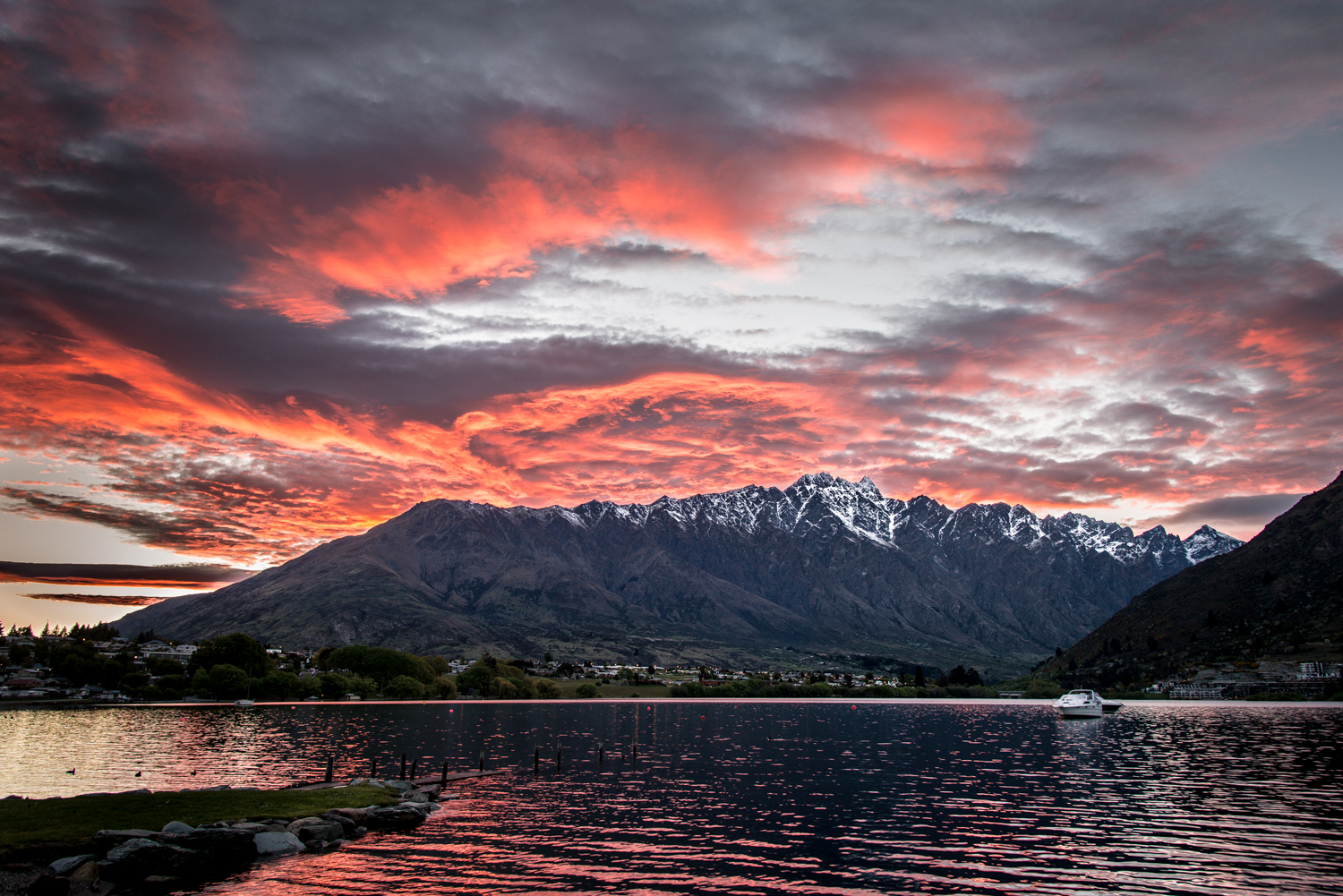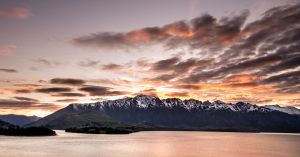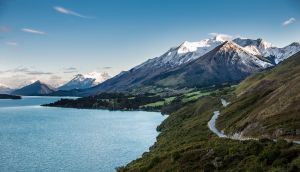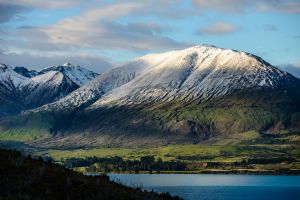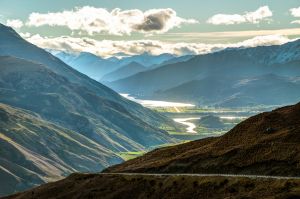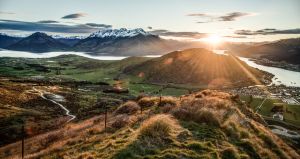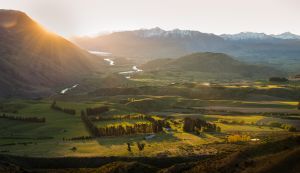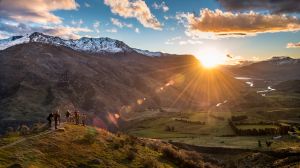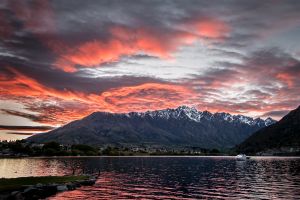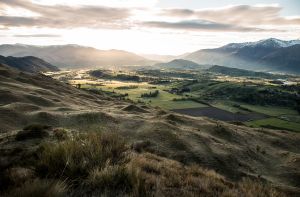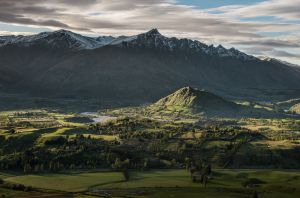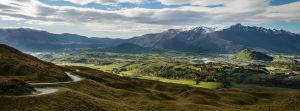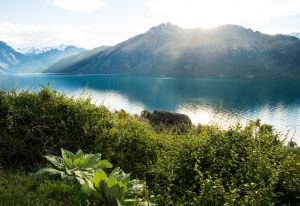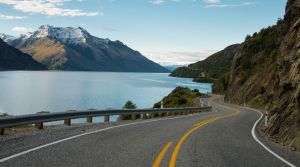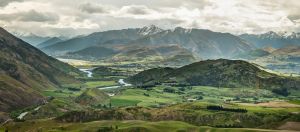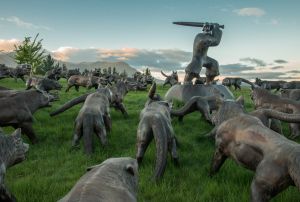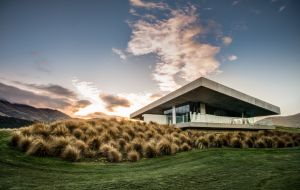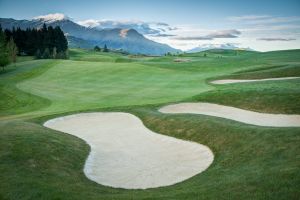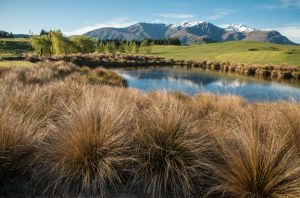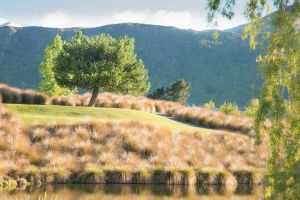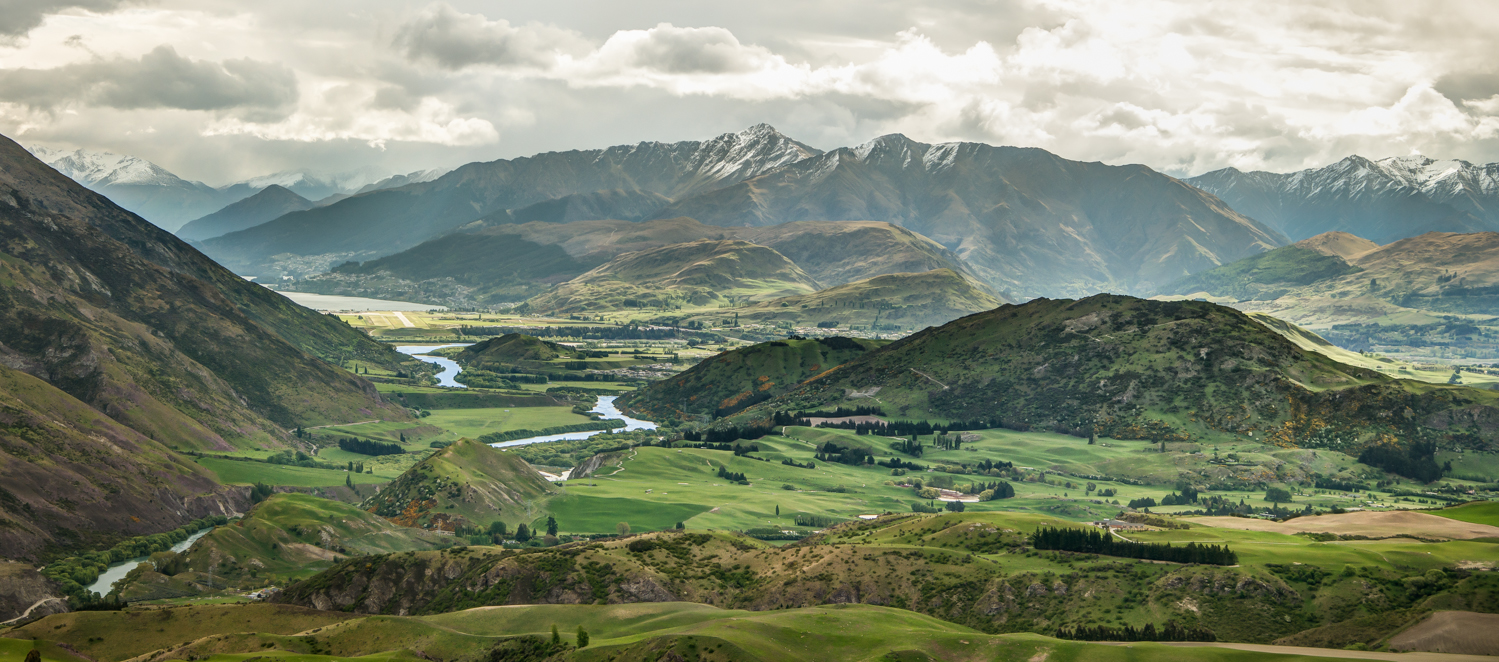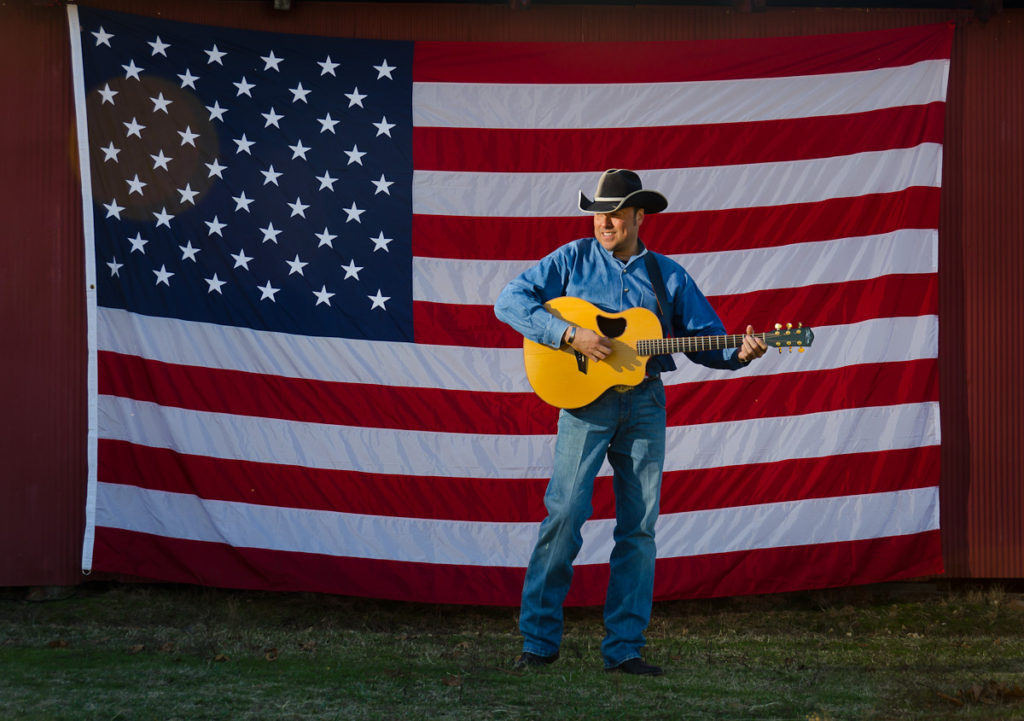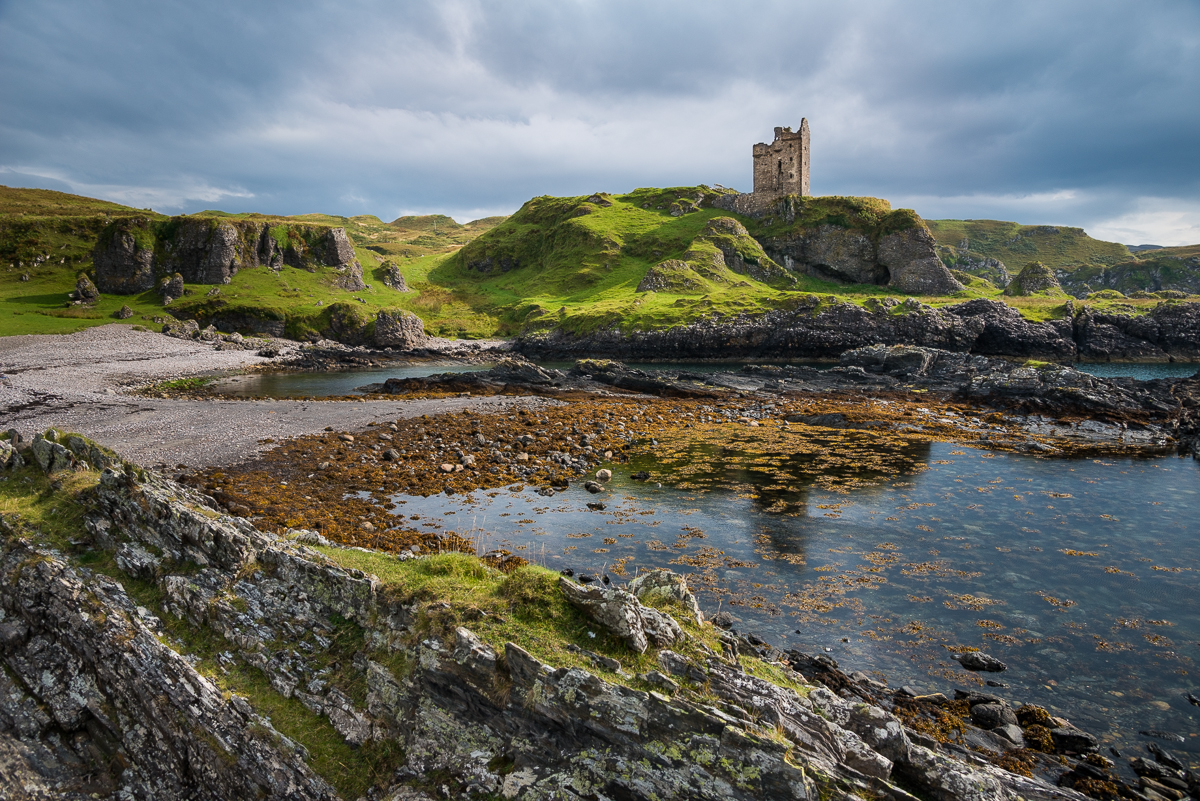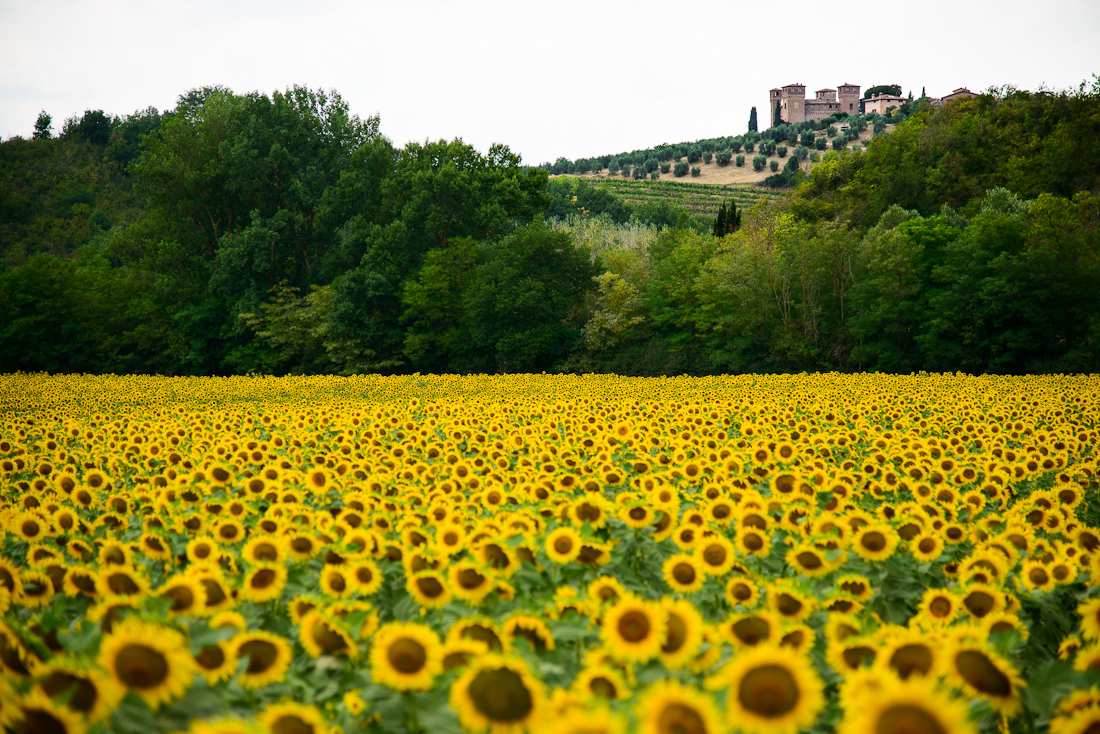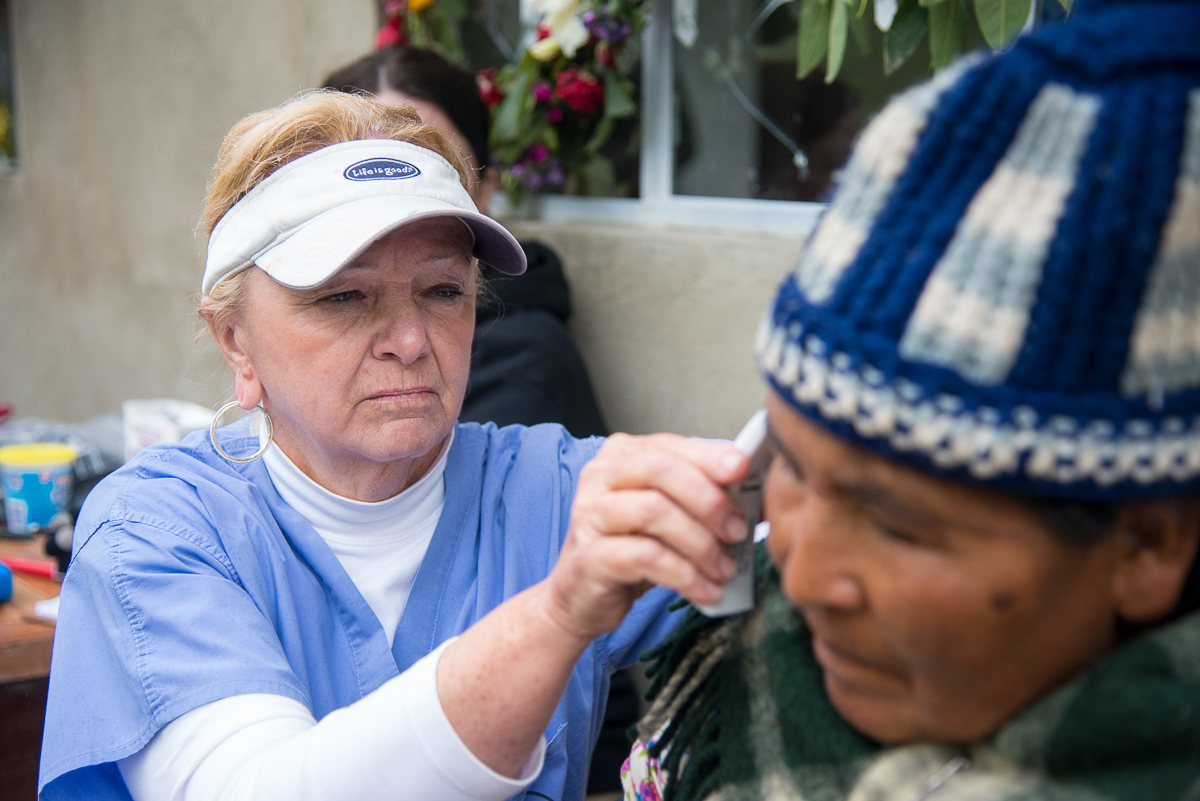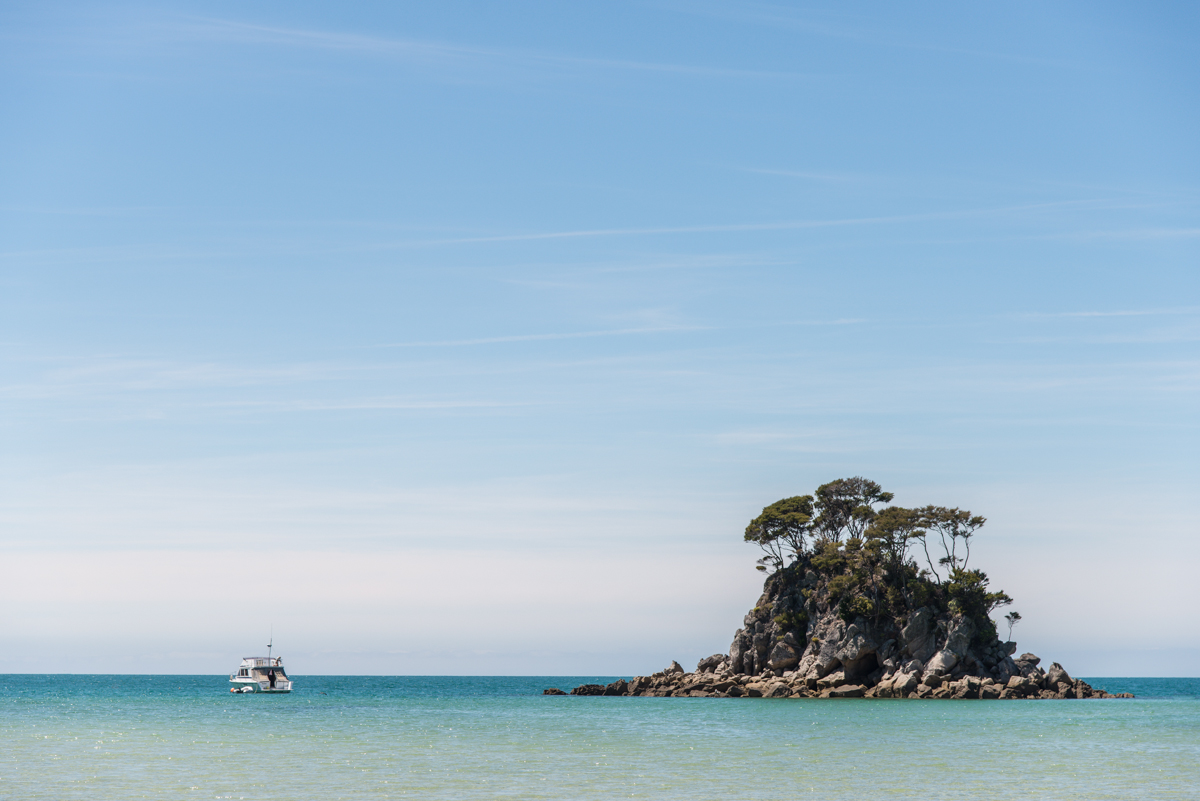 Abel Tasman is a big name in New Zealand. You may think you’ve never heard of him, but you’ve heard of the Tasmanian Devil (from Bugs Bunny if not from the local zoo). That little devil was named after the Australian island of Tasmania, which in turn was named after Abel Tasman. He was the Dutch explorer who first sailed to New Zealand back in the 1640s. Today, New Zealand’s longest glacier, its second-highest mountain, a river, a lake, a rock band, a national park, and the entire Tasman Sea between New Zealand and Australia are named for him.
Abel Tasman is a big name in New Zealand. You may think you’ve never heard of him, but you’ve heard of the Tasmanian Devil (from Bugs Bunny if not from the local zoo). That little devil was named after the Australian island of Tasmania, which in turn was named after Abel Tasman. He was the Dutch explorer who first sailed to New Zealand back in the 1640s. Today, New Zealand’s longest glacier, its second-highest mountain, a river, a lake, a rock band, a national park, and the entire Tasman Sea between New Zealand and Australia are named for him.
Tasman stopped for water in New Zealand, wrongly thinking it was part of Argentina. The friendly Maori locals attacked him and killed some of his sailors. He bravely sailed away, never to return.
A lot of the European explorers of that era were “discovering” lands that had been inhabited by humans for thousands or even tens of thousands of years. But the arrival in New Zealand of the Europeans and the ‘aboriginal’ Polynesian Maori was a virtual dead heat by those standards — the various tribes of Maori arrived starting around the year 1300 and apparently spent much of the next 500 years warring among themselves for control of lands (occasionally eating the conquered, and maybe a few 18th-century European missionaries). It was the Brits who ultimately took control in the 1800s, so British customs, language, culture (and left-sided driving) prevail today.
The Abel Tasman National Park is New Zealand’s smallest national park — and perhaps that’s fitting, given his short and inauspicious time here. (I’ve spent more time here than he did, after all, and my interactions with the locals have been much more amicable). The main activity at the Park is hiking — mostly along the coast, from beach to beach through rain-foresty jungle. I spent a couple of days here. There are ‘huts’ where you can sleep inside the isolated parts of the park, but I’ll admit I caught the water taxi out and slept in a snug bed at a little ‘lodge’ back in the town of Motueka.
